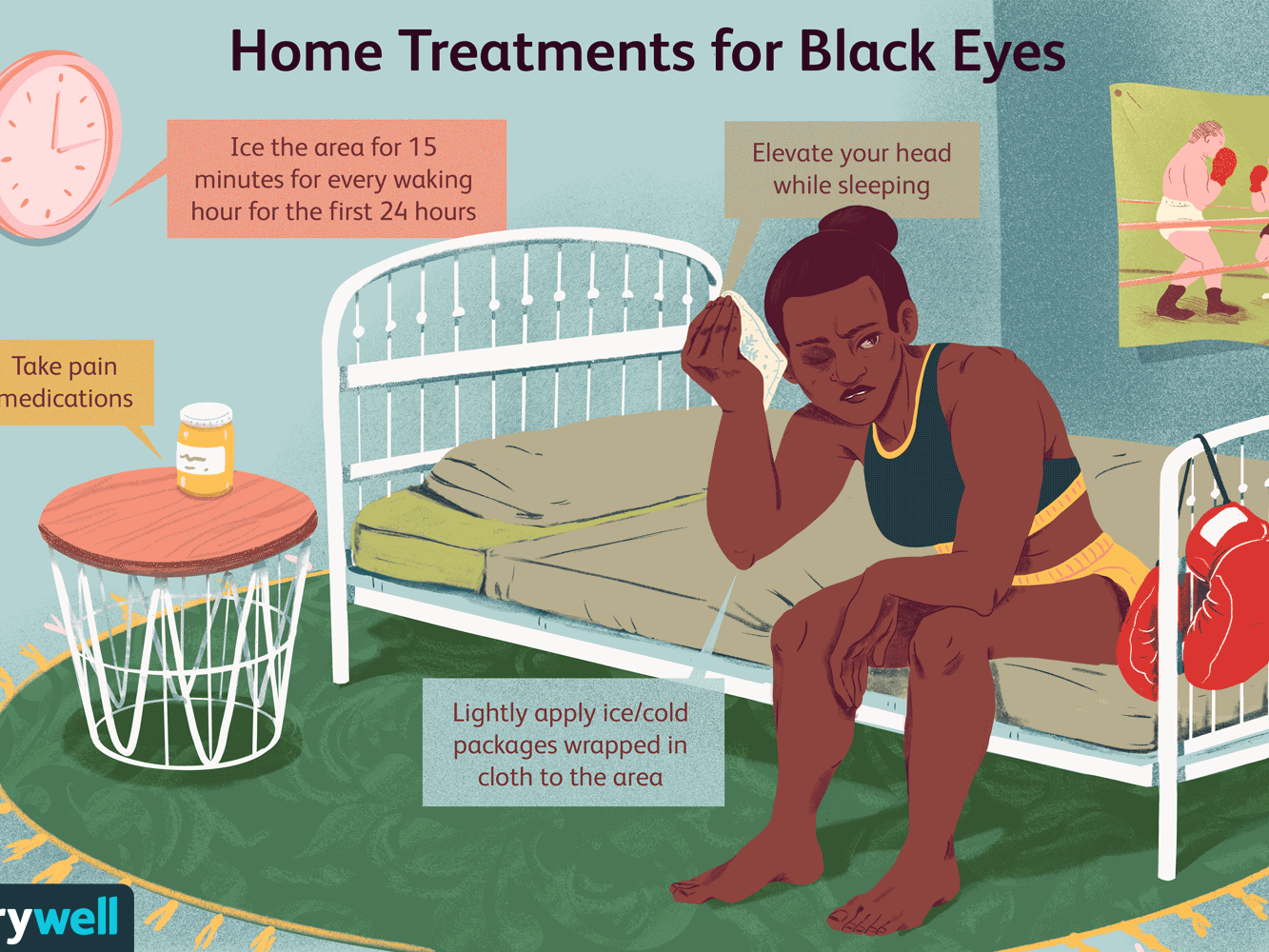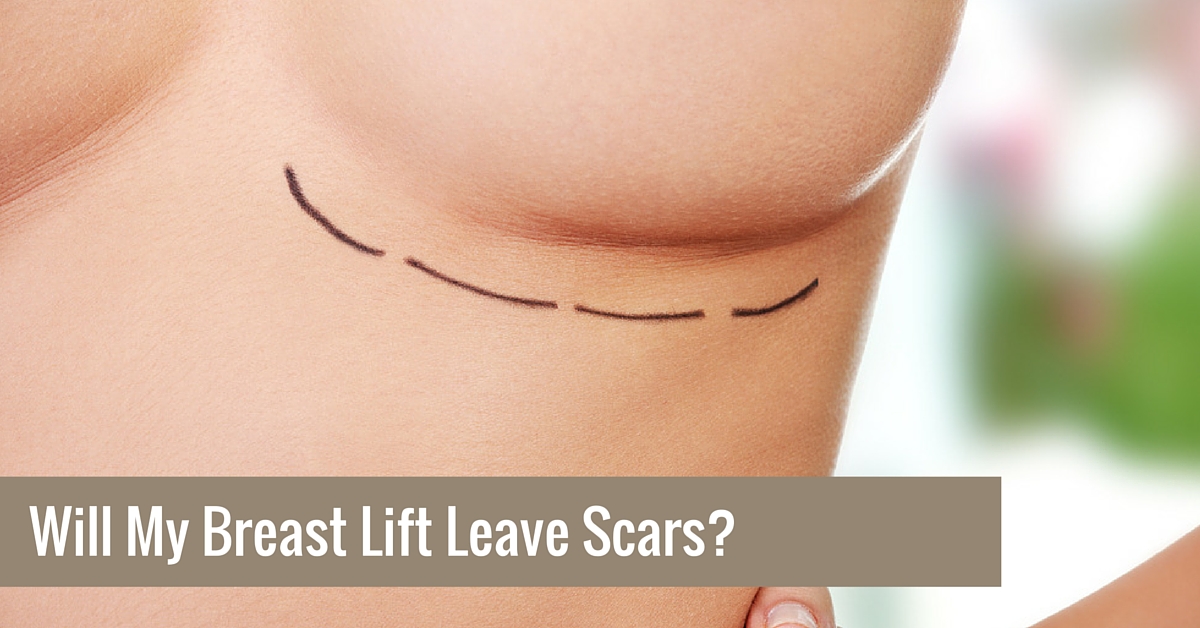
It is possible to be curious about how the recovery will go after upper blepharoplasty surgery. This article will discuss the following: Pre-op needs, Post-op treatment, Common side effects and cost. We will also cover the average cost for the procedure. Here are some points to keep in mind prior to your procedure. Below are the most common side effects after surgery. You can expect swelling, bruising and pain to follow the procedure.
Pre-op needs
A comprehensive eye exam is essential for the safety of the patient and the best possible surgical outcome. Pre-operative tests will assess the patient's eye health, vision, tear film stability and strength of their eyelids. The surgeon will also perform a visual field test to assess visual acuity, symmetry of the palpebral fissures, and any previous eyelid surgery. Before any functional blepharoplasty, a preoperative photo will be taken.
Typically, the swelling and bruising around the eyes will go down after a few days, and patients will be able to resume normal activities, such as eye makeup and contact lenses. Patients should avoid strenuous activity for the first week. However most patients are fully healed within two weeks. A responsible adult should accompany the patient when he or she returns home. The surgeon will review with them the post-operative instructions. Patients should restrain their activities for 72 hours while they recover and keep their head up. Patients are advised to take five to seven days off work, and avoid cosmetics for two weeks.

Post-op care
To reduce swelling, patients should use cold compresses and ice in addition to the usual painkillers. You may notice a slight numbness in the area around your eyes for a few more days. The patient can also use cooling packs shaped for the eyes, as well as frozen peas or corn wrapped securely in plastic. Patients should avoid touching the incisions with any foreign objects or fingers.
Several days after the procedure, you can resume bathing and showering. For the first five to seven days, you can shampoo your hair and use ice on the eyes. Eye makeup should not be applied to the surgical site. After four or five days, you can start using eye makeup again. You must not wear contact lenses or sunglasses for at least 2 weeks after your procedure.
Common side effects
Upper blepharoplasty can be done in an outpatient setting. However, there are common side effects that may occur after the surgery. You may experience sensitivity to light, blurred or double vision, slight pain, puffy eyes, double vision, double vision, blurred vision, and a slight blurred vision. It is necessary to have someone drive you home. Also, you should stop smoking for at least two weeks before your surgery. Smoking can prolong healing time and increase the risk for infection.
Blepharoplasty can cause swelling and itching, which are temporary and easily managed. Swelling can be reduced with cold compresses or elevation of the head. Dry eyes, tightness around the incisions and irritations can all be eased by eye drops and ointments. After surgery, you should avoid activities that strain your eyes, such as reading, long periods of television viewing, and contact lenses.

Average cost
The average cost for upper blepharoplasty surgery is $3,200. The exact cost of upper blepharoplasty will vary depending on the amount skin, fat,, and muscle being removed. Patients who combine upper blepharoplasty with another aesthetic surgery may end up paying more than this. Because both procedures require a lengthy recovery period, it is best to plan ahead. It takes six weeks to fully recover from upper blepharoplasty.
Although mild swelling and some bruising can occur after an upper Blepharoplasty procedure, these are rare. The procedure is usually painless and will resolve in a few hours. For a few days, patients can reduce swelling by applying cool compresses to their scalps and elevating their heads. While bruising is not common, some patients still experience soreness for a few days. The average cost of upper blepharoplasty recovery may range from $1,500 to $3,000, and you should check with your cosmetic surgeon for specific estimates.